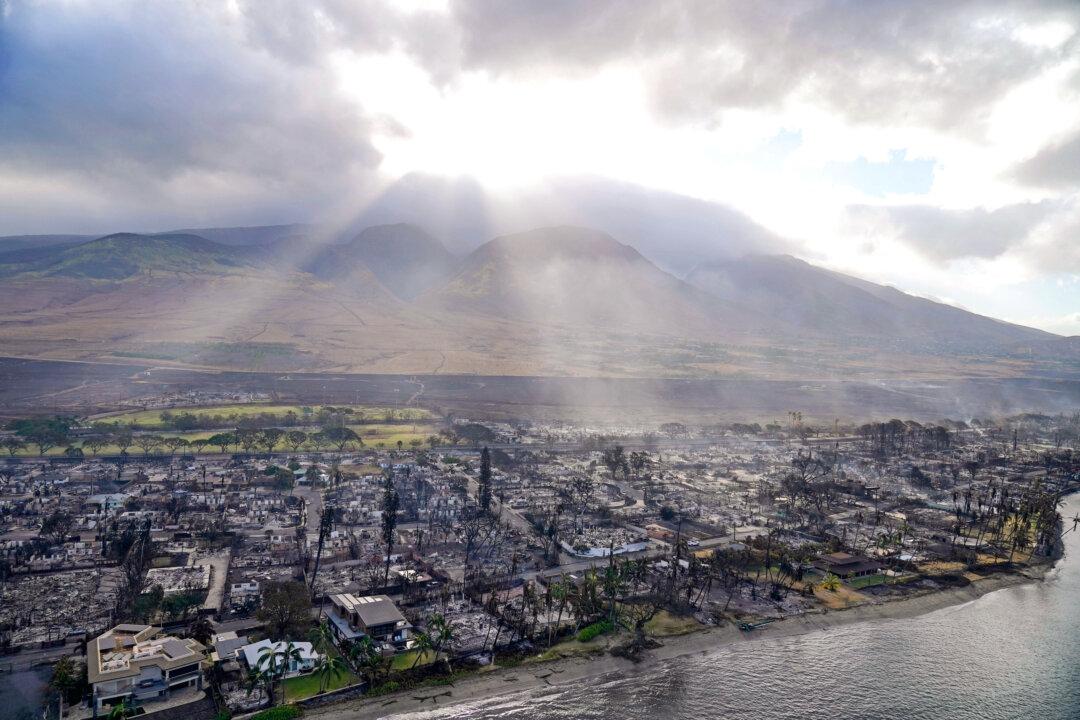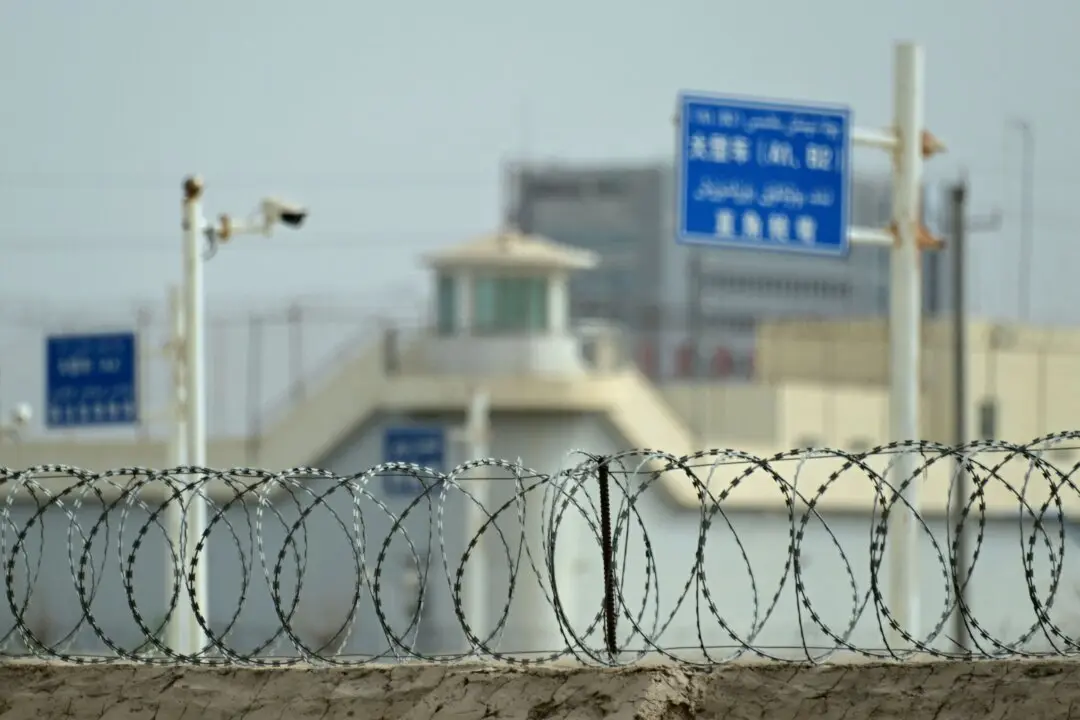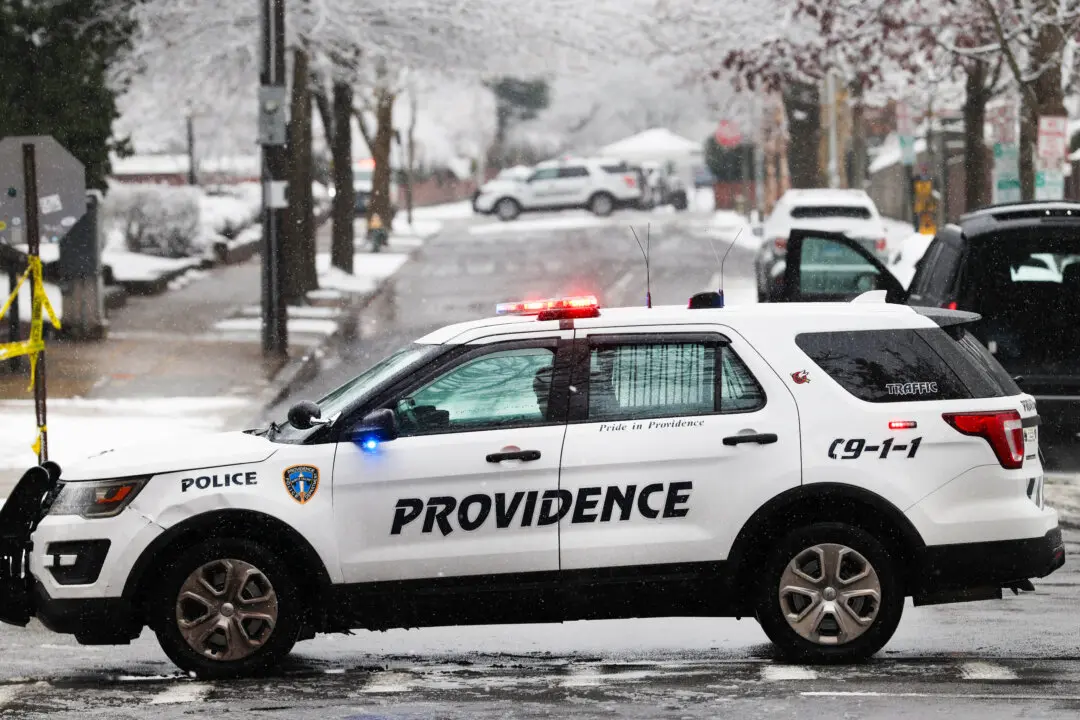The restoration of drinking water and wastewater services in the areas of Lahaina, Hawaii, affected by the 2023 Maui wildfires has been completed, the U.S. Environmental Protection Agency (EPA) said on July 17.
The EPA said the drinking water and wastewater mission was part of a multi-agency emergency response to the wildfire that killed over 100 people and destroyed over 2,000 acres in Lahaina last year. The announcement came just weeks ahead of the first anniversary of the wildfires on Aug. 8.





